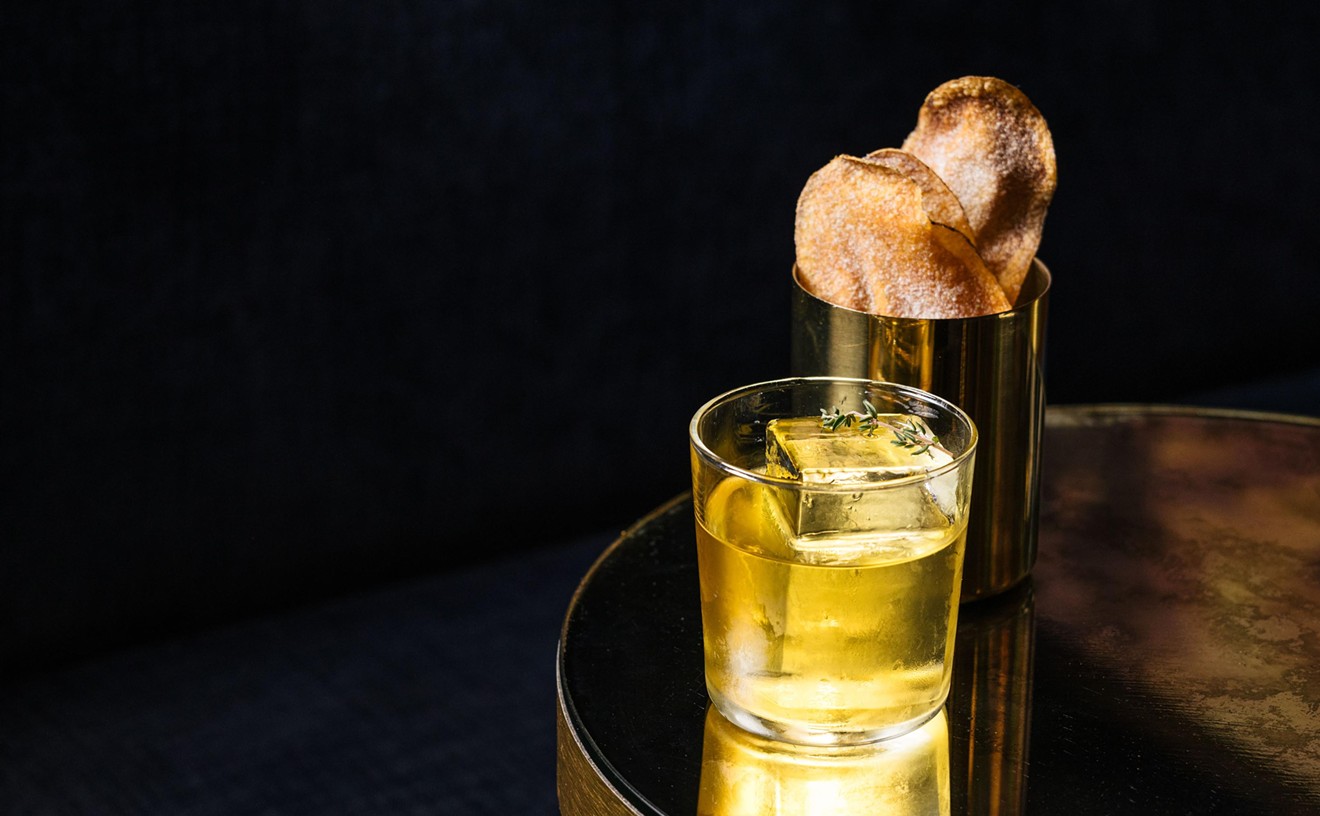Welcome to AndyTalk -- where Scottsdale-based chef and cooking instructor Andy Broder will share kitchen tips, recipes and musings on food and life. This week: patience.
Stand facing your partner. Rock back and forth and keep rhythm with your hands and arms. You could be dancing, but if your partner is a big ball of dough you're kneading.
Dancers and bakers move with, and in juxtaposition to, a partner. A good dancer knows when to pause and when to rest. Ditto a baker. Sometimes doing nothing is an essential part of a task. Cooking often rewards patience.
I have a recipe for Brie with a Caramel Crust. I've taught it a fair number of times. It starts with sugar and water in a pan. You put the pan on the stove and stir until the sugar dissolves. Then you stop stirring until the liquid is amber. Sounds simple. But human nature (and the therapy derived from mindlessly stirring) makes it as hard for some people to stop as giving up smoking. It doesn't matter if I say "don't stir after the sugar" dissolves. People keep on stirring even after I point to the part in the recipe where it says, "Don't keep stirring."
Why would I stop people from doing something calming, if not actually fun? Because the goal is to caramelize the sugar and turn it into a beautiful, molten, nearly lifelike amber that coats the brie and then hardens into a see-through golden crust. If you stir the pot too much the sugar crystallizes and you get a pan full of something resembling wet sugar in the raw. Overdo the stirring and you get something ugly that tastes bad.
Several years ago I taught the candied brie recipe four weeks in a row. For the first three weeks we got some pretty unattractive crystallized sugar. In the second and third weeks I squeezed a little lemon juice in the pan, stirred vigorously and then stopped. If you add some acid when the crystals start to form you have a shot at stopping the process.
I realized that I had trained myself to rescue the recipe, but that I had not really convinced my students to leave the sugar alone.
When I explained the recipe to the fourth class I made a mental note to keep a lemon handy. Then it occurred to me that no one wants to be the butt of a joke. I told the class about their three predecessors. I made congenial fun of people who didn't know how to stop stirring. I wondered out loud about whether I'd have to add their class to the collective joke. The fear of humiliation trumps stir-therapy. Class number four left well enough alone and learned how to caramelize sugar and sugarcoat brie.
Sugar isn't the only thing in the kitchen that needs some down time. If a recipe says bake for 30 to 40 minutes you have no business opening the oven after only 25 minutes "just to see how it looks." When you open the oven and feel a blast of hot air the food simultaneously receives a dose of cooler air. I don't know any recipe that subjects the food to a blast of cool air every once in a while. If you do nothing, and mind your own business, the food will get brown and bubby.
Have you ever been frustrated by a skillet of wet gray meat instead of the browned burger you were aiming for? There's one reason the meat didn't brown. It was because the skillet was not hot enough. There can be a number of reasons why the skillet was too cool. 1) You didn't preheat (tsk, tsk). 2) You put way too much meat into a small skillet (which is why many recipes say to brown in batches). 3) You stirred too often.Being in contact with hot metal is what turns meat in a skillet brown. If you keep stirring you're aerating the meat. The meat won't brown, but it will get hot enough for a little moisture to seep out. Once this happens you'll get steam. Then you'll have steamed gray meat. If you like English food you've perfected your technique. If you want tasty browned meat you need to perfect the art of doing nothing. Stir every few minutes. Don't stir the rest of the time.
The interval between stirring is an opportunity to relax - especially if you're inclined to sip wine while you cook. Suddenly, doing nothing becomes doing something quite satisfying indeed.
Andy Broder is the chef/owner of AndyFood, A Culinary Studio.
Follow Chow Bella on Facebook and Twitter
.










